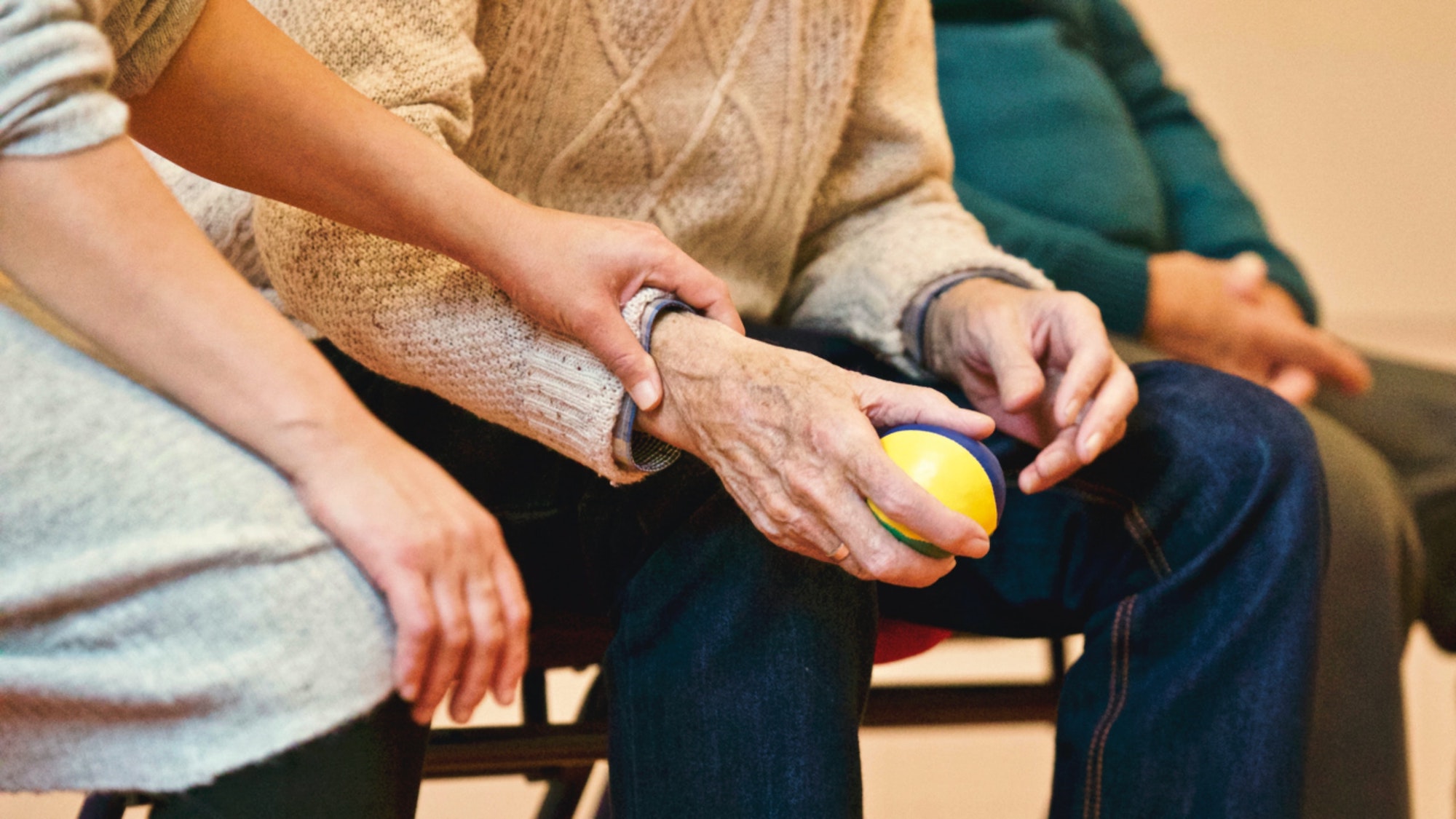10 Most Common Bad Issues Found in Nursing Homes
The quality of senior care in the United States seems to be suffering. In Chicago, issues like nursing home abuse are on the rise. These problems are not isolated. With staffing shortages, there is also an increase in issues like neglect and poor living conditions. We must familiarize ourselves with these issues so that we can better prevent them and improve the lives of our senior citizens.
10 Most Common Bad Issues Found in Nursing Homes
Poor-Quality Care
One of the most significant issues facing nursing homes is a lack of adequate staffing. This is a problem that is not unique to nursing homes but is a challenge faced by many healthcare facilities. Nursing homes, in particular, are often understaffed, with staff members being overworked and not having the time or resources to provide high-quality care to their residents. This can lead to a range of negative outcomes, including medication errors, missed meals, and inadequate hygiene practices.
Avoiding Poor-Quality Care
To address this issue, nursing homes should prioritize recruiting and retaining high-quality staff. One way to achieve this is by offering competitive salaries and benefits. Nursing homes should also provide regular training and development opportunities to staff to help them stay up-to-date with best practices. Additionally, creating a positive work environment that fosters teamwork and collaboration can help to reduce staff turnover and improve the quality of care provided to residents.
Elder Abuse
Another significant issue in nursing homes is the prevalence of elder abuse. Elder abuse can take many forms, including physical abuse, emotional abuse, and financial exploitation. Is your loved one a victim of nursing home abuse? Unfortunately, many nursing homes are ill-equipped to identify and prevent elder abuse, which can result in serious harm to their residents.
Avoiding Elder Abuse
To avoid elder abuse, nursing homes should establish clear policies and procedures for identifying and reporting abuse. Staff members should receive regular training on how to recognize and respond to signs of abuse. Additionally, nursing homes should conduct regular background checks on all employees and volunteers to ensure that they have no history of abuse or neglect.
Physical Restraints
A third issue facing nursing homes is the use of physical restraints on residents. While physical restraints may be necessary in some cases to prevent falls or injuries, they can also be used inappropriately as a form of punishment or control. This can lead to physical and psychological harm to residents, as well as a loss of dignity and autonomy.
Avoiding Harm Caused by Physical Restraints
To avoid the inappropriate use of physical restraints, nursing homes should establish clear guidelines for their use and only use them when necessary. Additionally, nursing homes should regularly review their use of physical restraints to ensure that they are being used appropriately and following best practices. Staff members should be trained on how to properly apply and monitor the use of physical restraints.
Lack of Social Engagement
A fourth issue facing nursing homes is the lack of social engagement and stimulation for residents. Many nursing home residents experience feelings of loneliness, boredom, and depression due to a lack of social interaction and meaningful activities. This can lead to a decline in physical and mental health, as well as a loss of quality of life.
Avoiding a Lack of Social Engagement
To avoid this issue, nursing homes should prioritize social engagement and stimulation for their residents. This can be achieved by providing regular social activities, such as group outings, game nights, and volunteer opportunities. Additionally, nursing homes should encourage family and friends to visit residents regularly. Technology can also be used to help residents connect with their loved ones, especially during times when in-person visits are not possible. For example, video calls can be arranged to help residents stay connected with their families.
Lack of Transparency and Accountability
Finally, a key issue facing nursing homes is the lack of transparency and accountability in their operations. Many nursing homes are owned and operated by for-profit corporations, which can prioritize profits over the well-being of their residents. This can lead to a lack of transparency in their operations, as well as a lack of accountability for any negative outcomes that may occur.
Avoiding a Lack of Transparency and Accountability
To avoid this issue, nursing homes should prioritize transparency and accountability in their operations. This can be achieved by regularly sharing information with residents and their families about the facility’s operations, finances, and performance metrics. Additionally, nursing homes should establish clear channels for residents and their families to provide feedback and raise concerns. Staff members should be trained to listen to residents and their families, and to take meaningful action to address any issues that arise.










